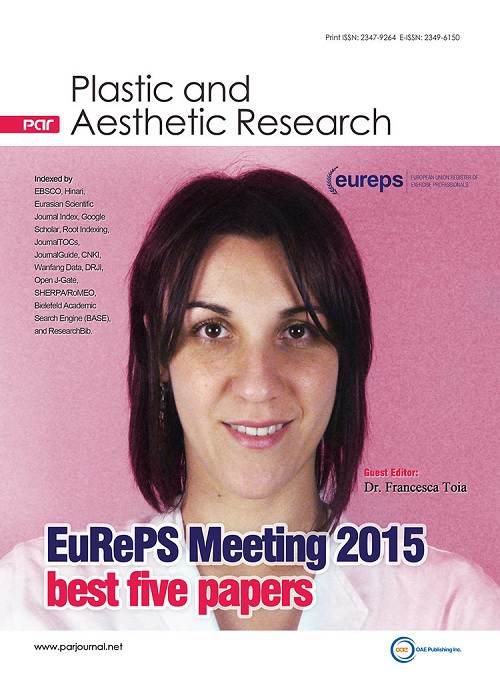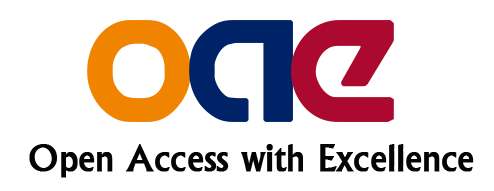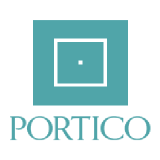
Topic: EuRePS Meeting 2015: The Five Best Papers
A Special Issue of Plastic and Aesthetic Research
ISSN 2349-6150 (Online) 2347-9264 (Print)
Submission deadline: 2 Jun 2016
Guest Editor(s)
Special Issue Introduction
The present Special Issue collects the best papers from the "EuRePS" (European Residents in Plastic Surgery) Meeting, which was held in Favignana from June 18 to 21, 2015. The scientific committee selected the 5 best presentations, to be published on PAR journal according to an agreement with the Editorial Board.
Submission Deadline
2 Jun 2016
Submission Information
For Author Instructions, please refer to https://www.oaepublish.com/par/author_instructions
For Online Submission, please login at https://oaemesas.com/login?JournalId=par
Submission Deadline: 2 Jun 2016
Contacts: Smart Zhang, Managing Editor, editor002@parjournal.net





